This valuable pair of Fireplace Chenets was made around the early 19th century in France. The Fireplace Chenets are in finely chiselled and gilded bronze and have ornaments and decorations characteristic of the Napoleon III era.
You can see volutes and turns, pine cones and draperies of strong classical taste. In the center is the head of the goddess Ceres, Mother Earth, who in classical iconography is depicted with the head surrounded by wheat ears, grapes and laurel branches. Ceres or Demeter in Greek, sister of Zeus, in Greek mythology is the goddess of fertility, the guardian deity of crops, protector of agriculture and wheat, constant nurse of youth and green earth, creator of the cycle of seasons, of life and death, protector of marriage and sacred laws. The laurel is an evergreen plant, a characteristic that gives the plant the symbol of immortality and if used alongside other symbols, as an iconic adjective, it becomes a meaning of eternal and imperishable.
Above the central horizontal body is placed a tripod element, with goat paw, on whose circumference are inserted three goat heads with long horns from which depart flowery wreaths and on the top, in the middle, an important flame that clearly refers to the fire of the fireplace.
The Fireplace Chenet were used to help burn the fire better by raising it. The primary purpose of the Fireplace Chenets is therefore to raise the fire, so that the air can reach it from all sides to make it burn better. While up to the 17th century they were mostly made of iron, from this period they were made of bronze and brass, materials that at the time were expensive and difficult to find.
They can still be used to improve the ventilation of wood, to prevent the slipping of wood out of the fire and to decorate the fireplace. This beautiful pair of Fireplace Chenets can also be displayed as a decorative object next to a modern fireplace or as a refined and elegant overcoat.


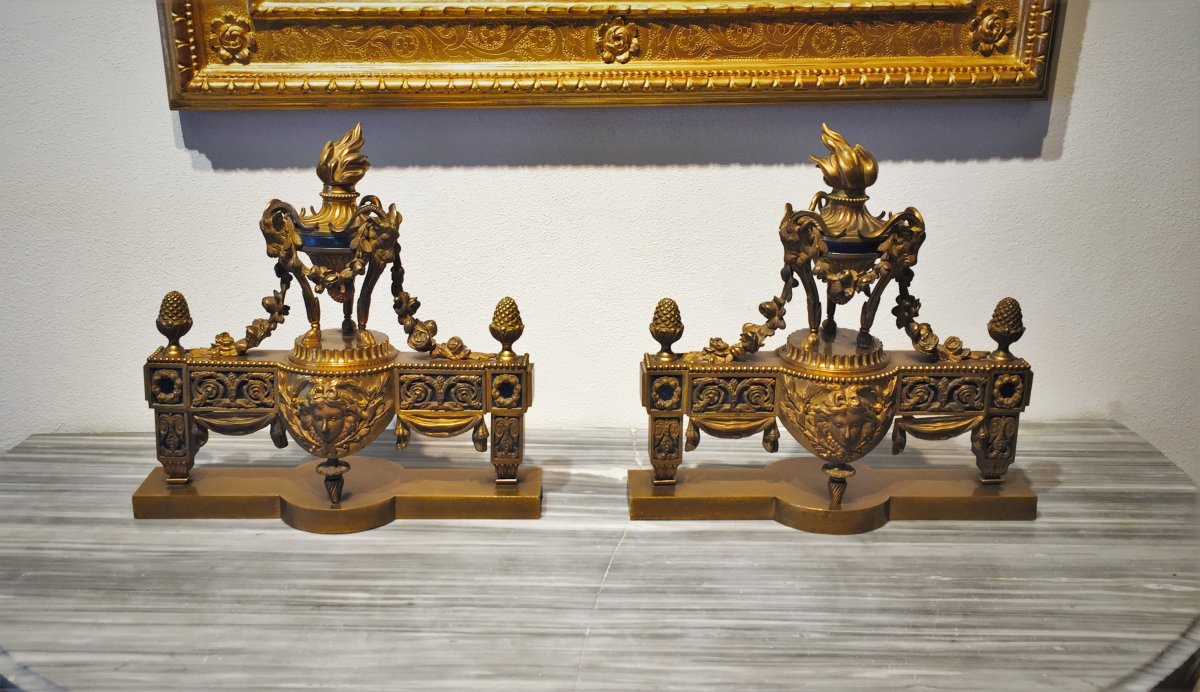
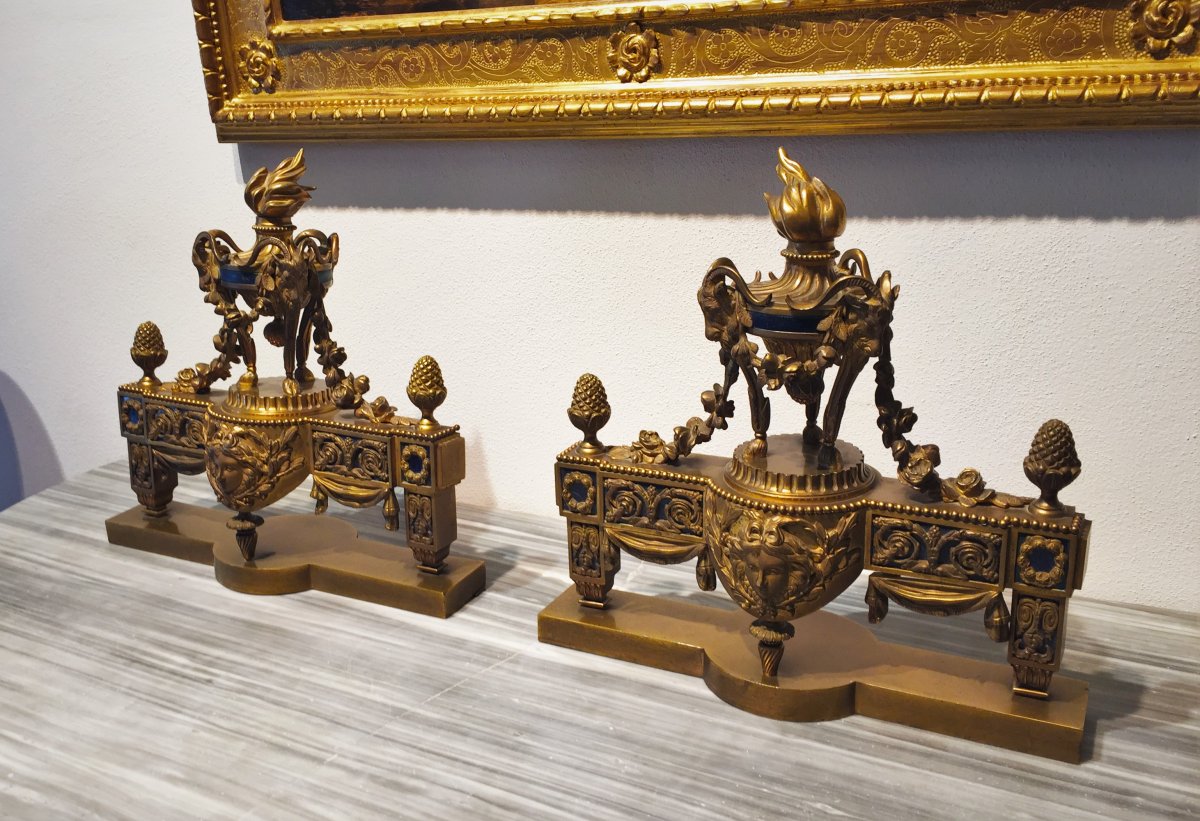
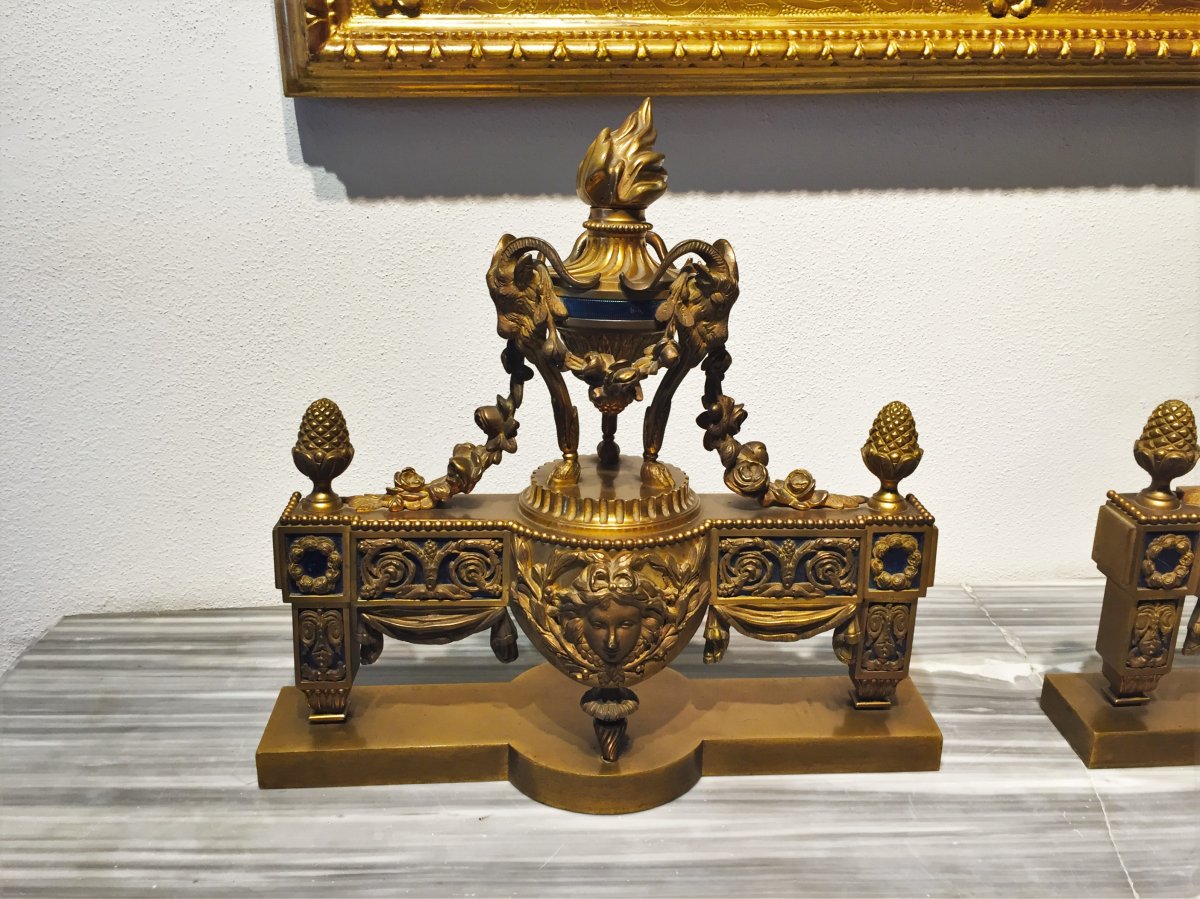
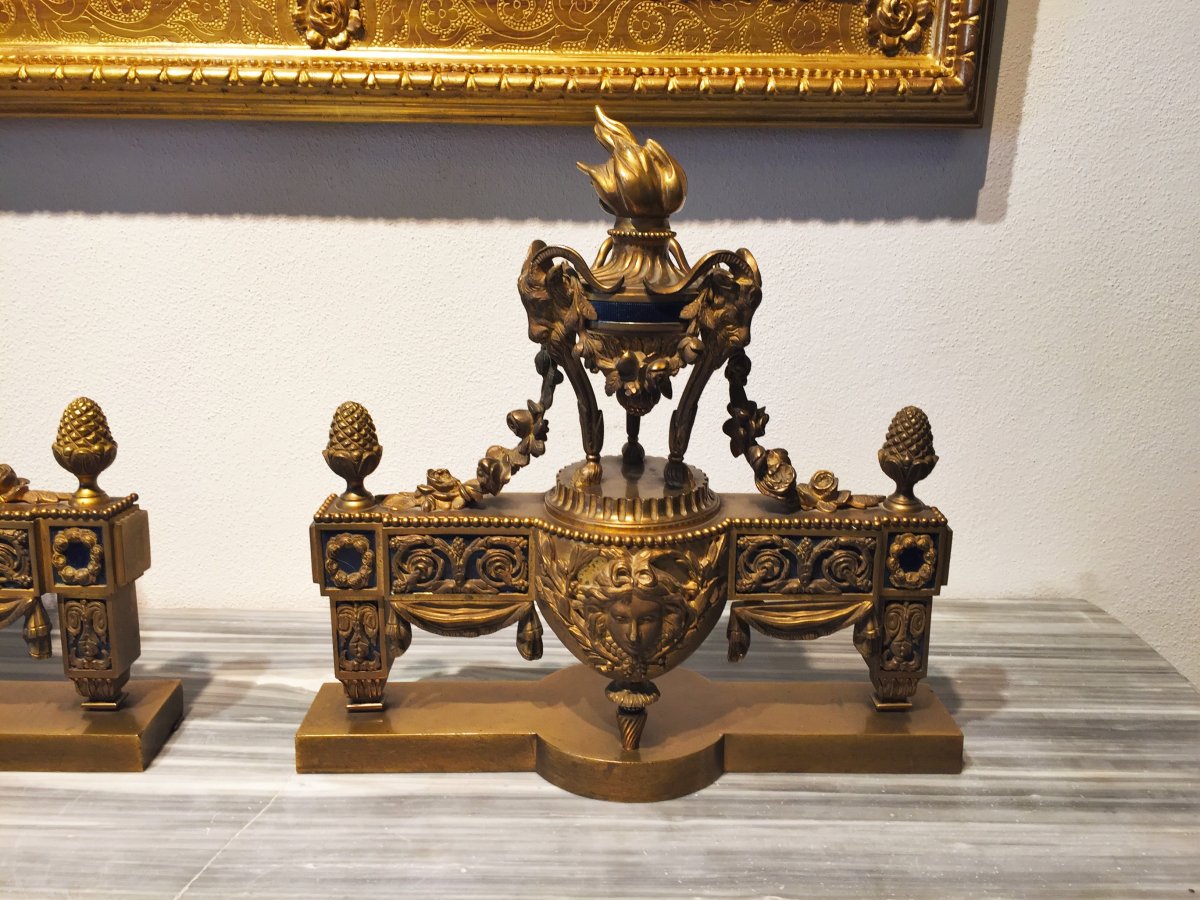
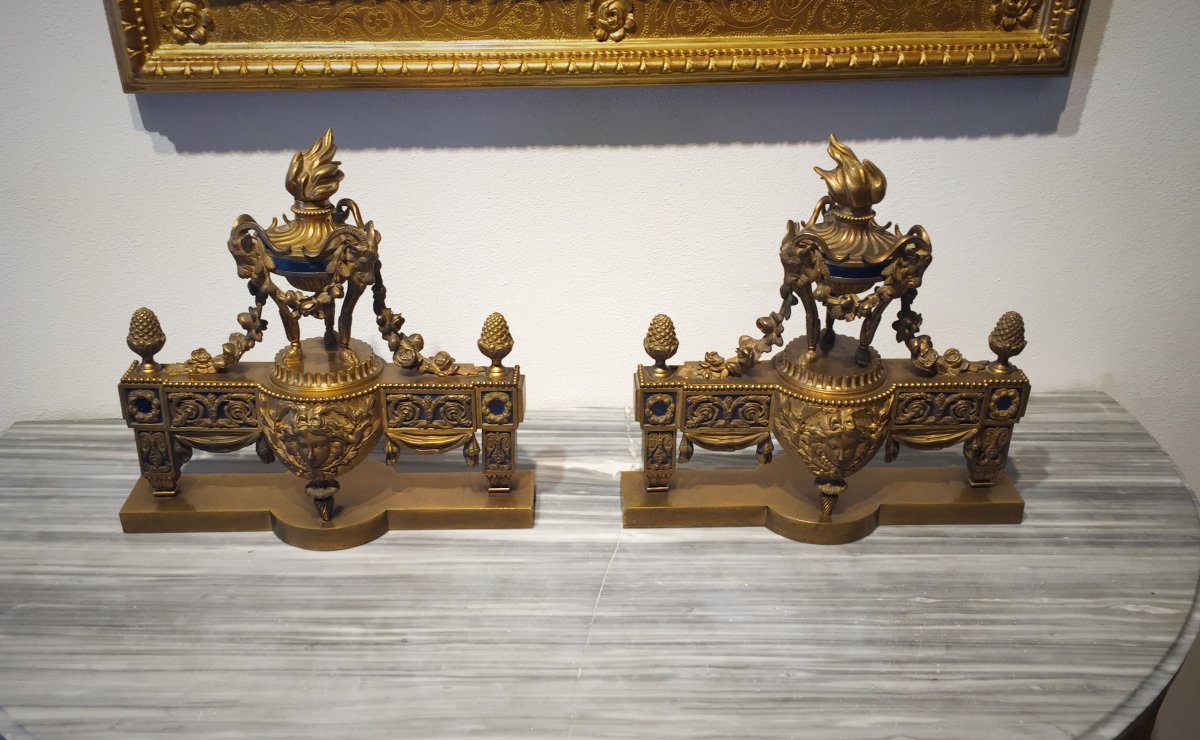
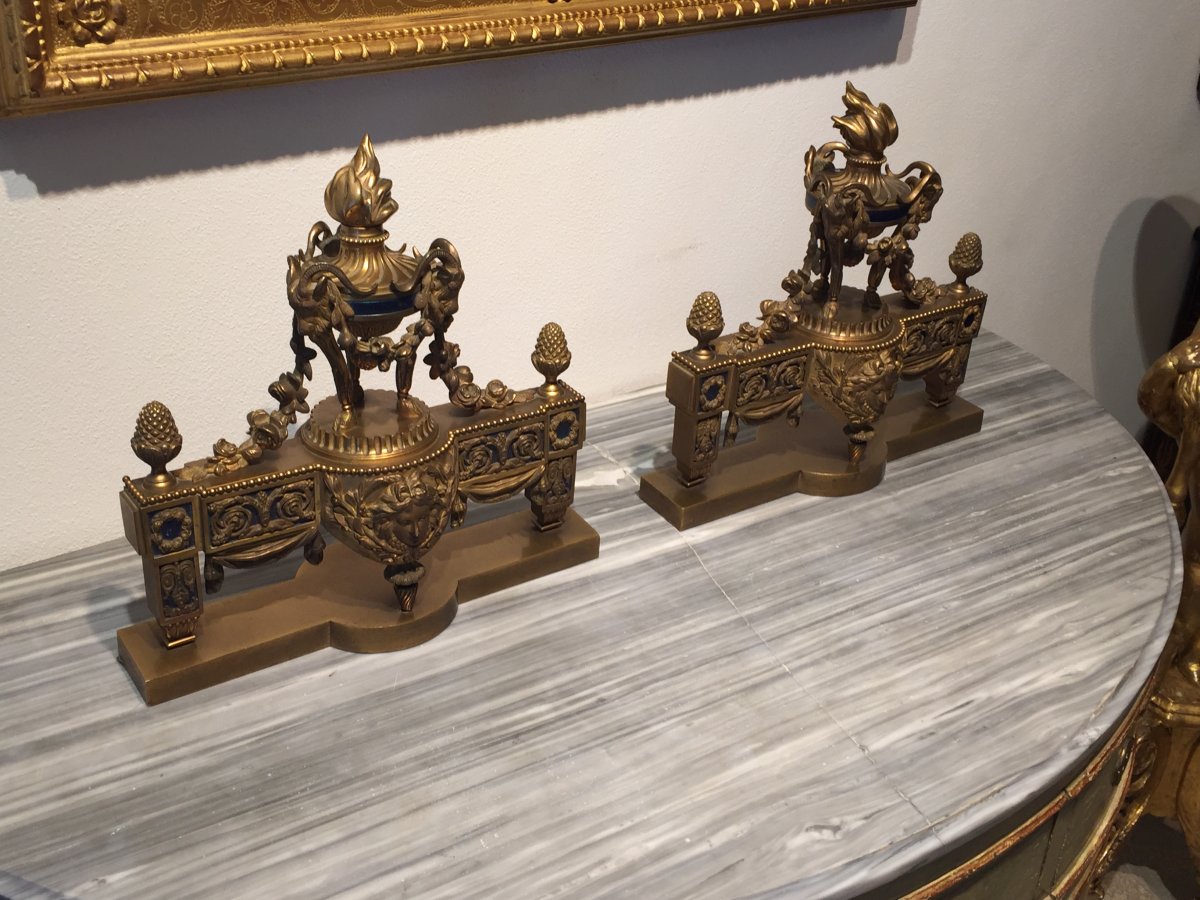
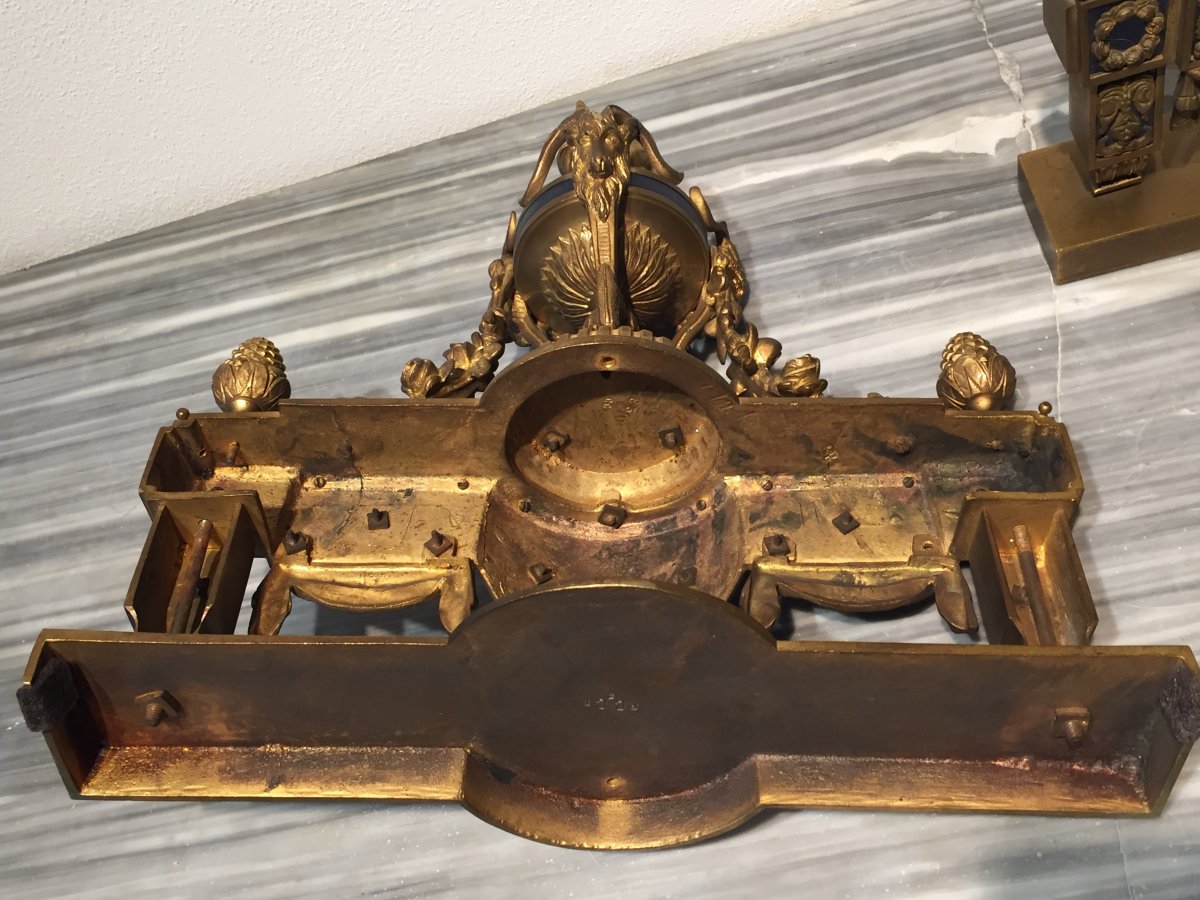
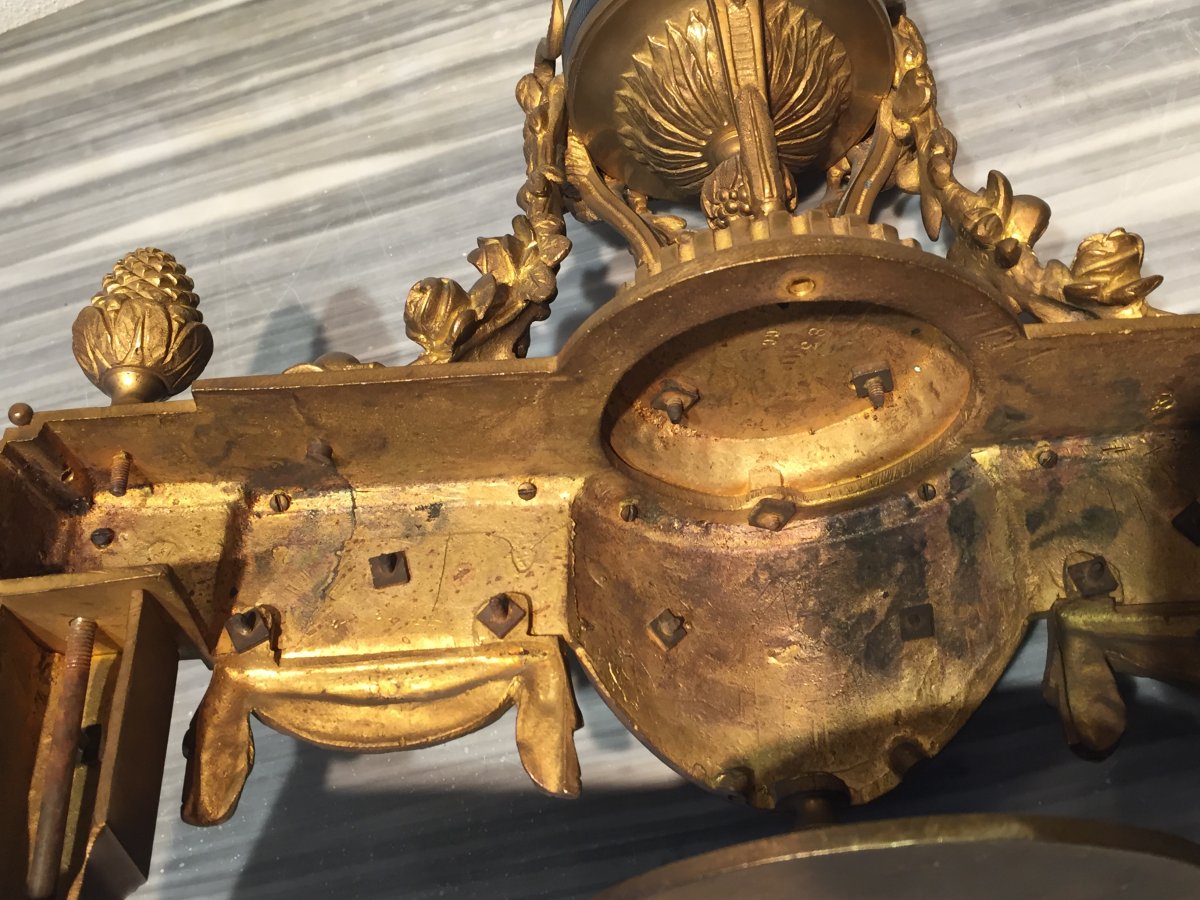













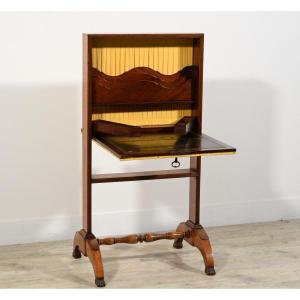
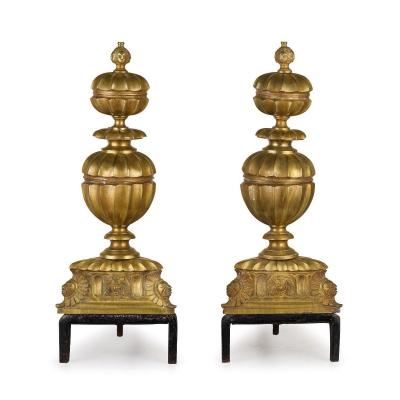



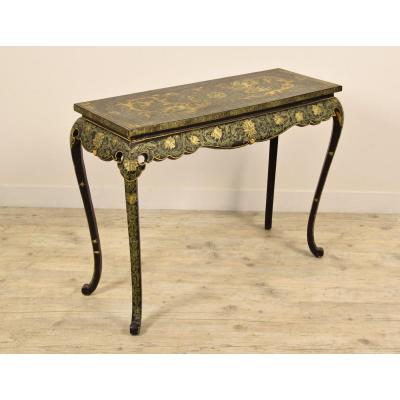
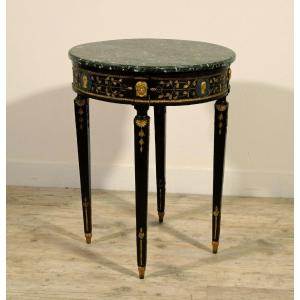

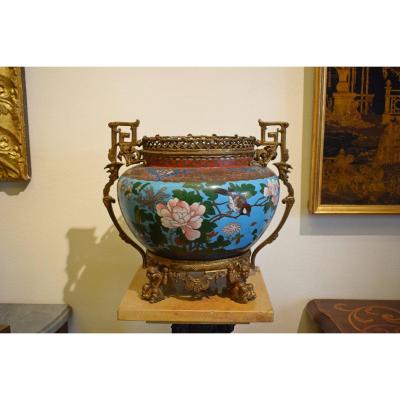
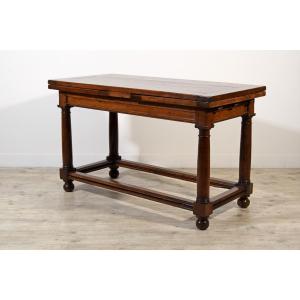

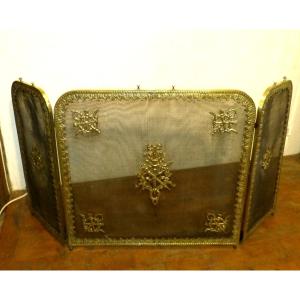

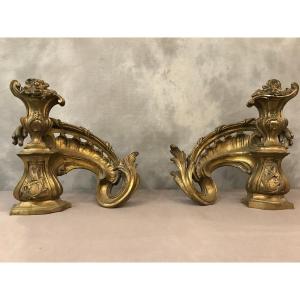
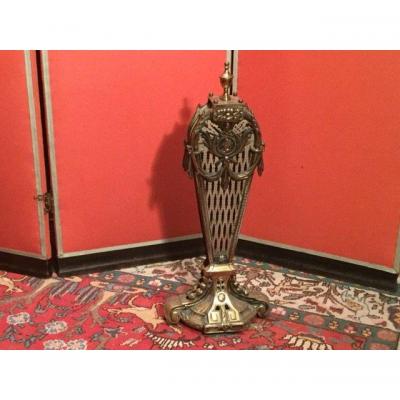




 Le Magazine de PROANTIC
Le Magazine de PROANTIC TRÉSORS Magazine
TRÉSORS Magazine Rivista Artiquariato
Rivista Artiquariato